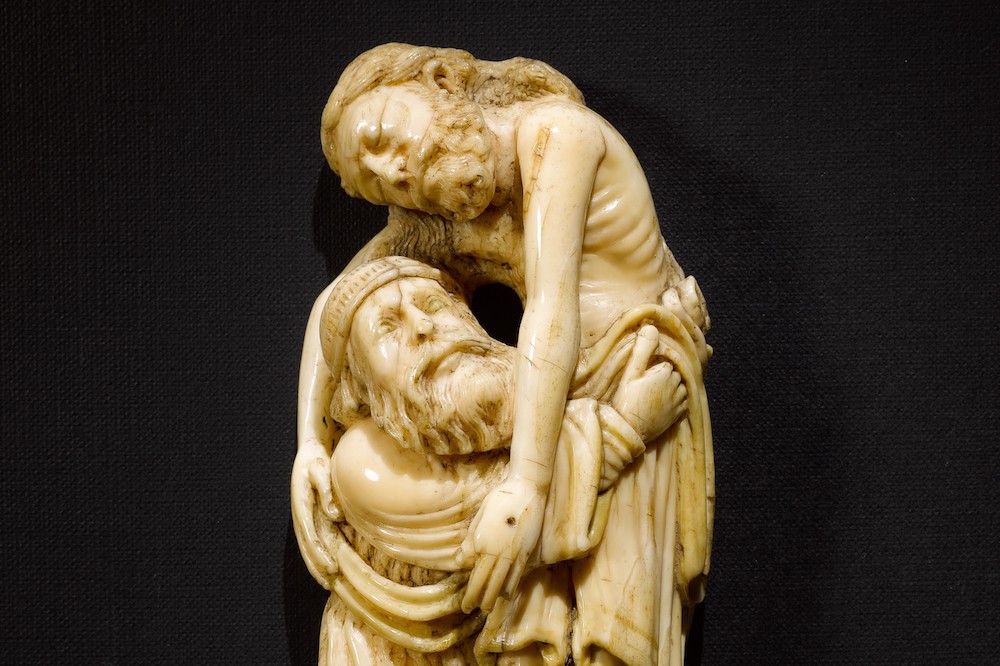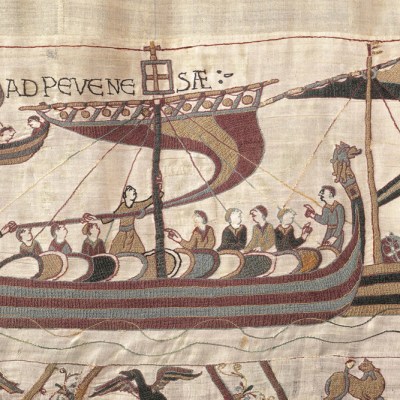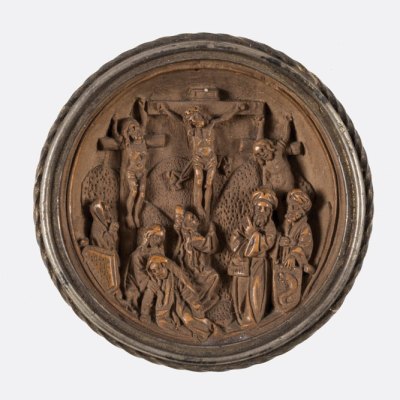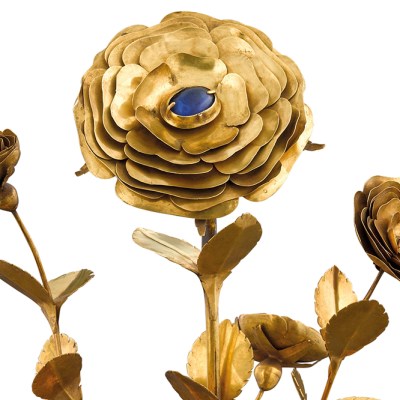The Department for Culture, Media and Sport has recently stopped the export of a 12th-century walrus ivory depicting the Deposition of Christ. The period of deferral is extremely brief. Unless a public institution in Britain can raise £2m by 2 February, the sculpture will leave for the Metropolitan Museum of Art in New York. The work is one of the most singular surviving English sculptures of the Middle Ages. Although the ivory is only 18.3cm high, it has an intensity of expression that is otherwise rare in medieval works of art. What is singular is that the emotion conveyed here is tenderness. While it would be foolhardy to claim that this quality is ‘a first’ without further qualification, it is worth asking if any work in any medium from the same period can challenge this ivory for its combination of a physical embrace and loving facial expressions. (At one level, however, it is not surprising to find this emphasis in a representation of Joseph of Arimathea, a devoted follower of Jesus.)
Deposition from the Cross (c. 1190–1200), England (probably York). Victoria & Albert Museum, London. Photo: © Department for Culture, Media and Sport

The ivory first came to scholarly and public attention in 1970 at the exhibition ‘The Year 1200’ at the Met. It was loaned from the collection of John Hunt and his wife Gertrude and remains the property of their heirs. There is no known information about its provenance or date of acquisition. Today, most of the Hunts’ collection of medieval art is on display in their museum in Limerick, but from 1981 until recently the Deposition from the Cross has been on loan to the Victoria and Albert Museum. This arrangement was negotiated by Paul Williamson, then assistant keeper of the V&A’s Department of Sculpture, not just in recognition of the extraordinary quality of the sculpture, but because the museum had acquired Judas at the Last Supper, another ivory from the same ensemble – almost certainly a Passion altarpiece – in 1949. This fragment, with only about a third of the original surviving, is a vignette of the Last Supper, with Christ offering the sop to the apostle who will betray him. The face of Judas, as the villain, is deliberately coarsened and lacks the refined features seen in the Deposition. But details such as the hands (note the bulbous thumbs) and the naturalism that pervades them are unmistakeably similar – as is the character of the carving, the scale of the figures, which are in almost full relief, and their backs with the dowel holes that originally attached them to a board.
The Last Supper fragment was discovered in a house in Wakefield, Yorkshire, in 1769. Such ‘Catholic’ images were contentious at the time and this particular example likely survived as a relic of local and personal curiosity. But that raises the question of where in Wakefield in c. 1200 an ensemble of such quality and character might have been housed. The parish church is one possibility, but an alternative is the preceptory at Newland half a mile to the east, recently founded perhaps for the Knights Templar, but subsequently under the control of the Hospitallers (the Knights of Saint John). The origins of this house for a crusading and military order are obscure, though the literature implicates King John in its patronage. Perhaps significantly, the Archbishop of York at the time was John’s half-brother Geoffrey, an illegitimate son of Henry II. During his tenure of the see, Geoffrey’s York was a major centre of sculptural production – both at the Minster and at nearby St Mary’s Abbey. Large- and small-scale stone sculpture survives to show that York was absolutely up-to-the-minute in its awareness of artistic developments in France and the Low Countries. But the Deposition is not stone sculpture, and that is a crucial point.
Judas at the Last Supper (c. 1190–1200), England (probably York). Photo: © Victoria & Albert Museum, London

Ivory, and walrus ivory in particular, is warm in tone and semi-translucent, with much of the character of human flesh. It is also of fixed dimensions: rarely more than 8cm across and with limited straightness – tusks being curved. Any composition thus has to be contained within parameters that require arms, legs and heads to be placed in close proximity. The medium encourages intimacy. It is clear from the sculpture before us that this was not considered as a constraint, but as an opportunity. But the carver also had to find the technical means to convey sentiment. The gently furrowed brow of Joseph and his worried eyes and mouth are surely the result of the first-hand observation of living models. The telling details of Christ’s curling toes, looking as much alive as dead, alert us to his face and an expression that combines pain and repose, neither in death nor life but their reconciliation.
Our understanding of this remarkable sculpture would be slight indeed were it not for the evidence of the Judas at the Last Supper fragment in the V&A. The two have been shown side by side for decades to the advantage of both pieces, offering a sense of the ensemble from which they came. That unity will be destroyed if the Deposition is sold to the Met.
Sandy Heslop researches the art and architecture of medieval England and is an emeritus professor of visual arts at the University of East Anglia.



